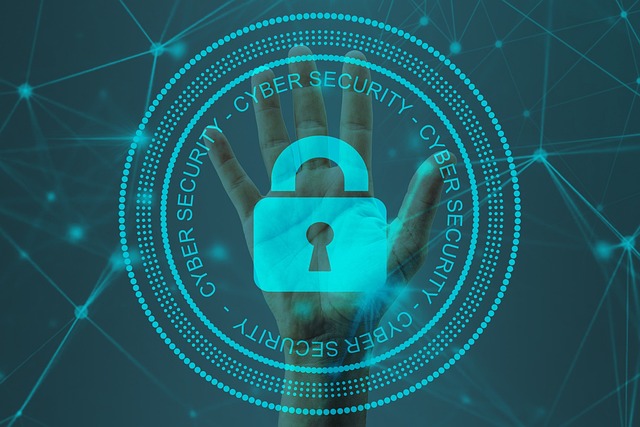
Essential Tips for Secure Network Log Management in IT
Essential Tips for Secure Network Log Management in IT
In today’s digital landscape, where data breaches and cyber threats seem to lurk around every corner, the importance of network security logs cannot be overstated. For IT professionals, ensuring the integrity of these logs is crucial for maintaining a secure environment. As we dive into this topic, let’s explore some essential tips for managing network logs effectively.
Understand the Role of Network Security Logs
Network security logs are your first line of defense against potential intrusions. They provide valuable insights into what happens within your network, helping you monitor activity and detect anomalies. Familiarizing yourself with the various types of logs—such as access logs, event logs, and change logs—can significantly bolster your network security strategy. Every log serves a purpose, and knowing how to interpret them is critical in identifying vulnerabilities.
Implement Centralized Log Management
One of the most effective ways to enhance your log management is through centralization. By aggregating logs from various sources into a single platform, you can streamline the analysis process and gain a holistic view of your network’s security posture. Centralized log management tools not only make it easier to monitor for suspicious activities but also help with compliance and reporting requirements.
Ensure Log Integrity
Logs are only as trustworthy as their integrity. To protect your network security logs from tampering or unauthorized access, it’s imperative to implement various security measures. This includes using cryptographic methods to sign logs and using access control mechanisms to limit who can view or modify these logs. Regularly back up logs and store them in a secure, off-site location to prevent data loss.
Automate Log Monitoring and Analysis
Automating the monitoring and analysis of your network logs can free up valuable resources and improve response times during incidents. Utilize advanced threat detection tools that leverage machine learning to analyze patterns and highlight anomalies in real-time. This way, your IT team can focus on addressing potential threats rather than sifting through mountains of data.
Regularly Review and Update Log Management Policies
The realm of cybersecurity is ever-evolving, and so should your log management policies. Regular reviews ensure that your practices stay aligned with the latest regulations, best practices, and threats. Conduct periodic audits of your log management process and incorporate feedback from your IT team to keep your policies robust and effective.
Training and Awareness
Lastly, investing in training for your IT staff is critical for effective log management. Ensure your team understands the importance of network security logs and how to analyze them properly. Conduct workshops and simulations to prepare them for real-world scenarios, fostering a culture of security awareness within your organization.
By following these essential tips, IT professionals can enhance their network security log management practices, equipping themselves to combat emerging threats effectively. Remember, in the realm of informational technology, being proactive is key to safeguarding not only your network but also the sensitive data that resides within it.


